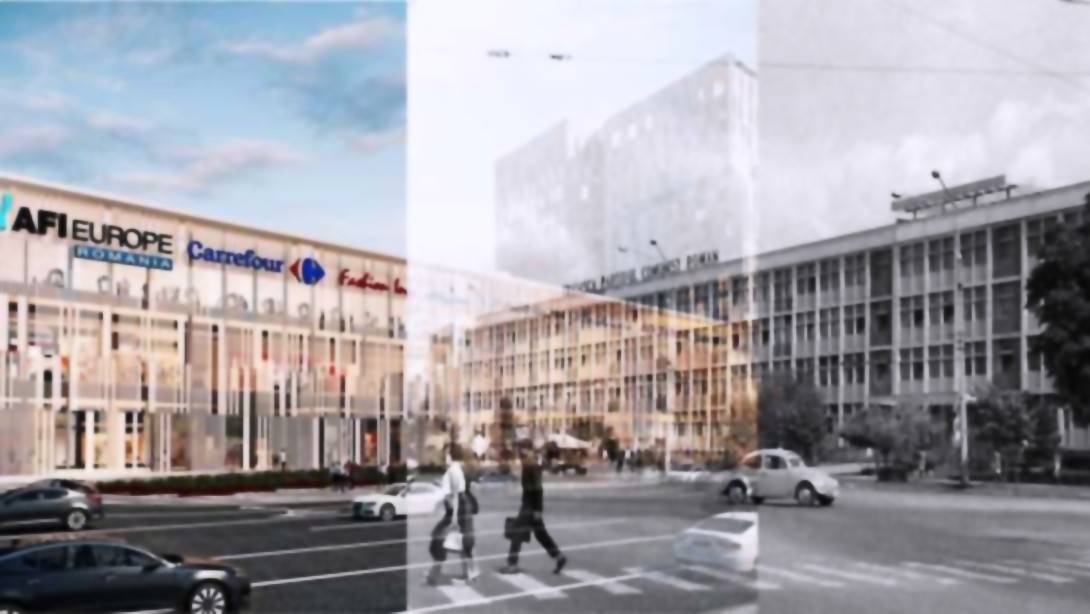După decuparea din peisajul obișnuit a fațadei fabricii Hidromecanica, ce lasă loc privirii să ajungă departe până la dealurile din spate,

One of the most prominent characteristics of post-communist urban spaces is their composite, seemingly incoherent nature. Churches, banks, car parks, apartment blocks, small houses alongside skyscrapers and shopping centres: everything is grouped together in one place, raising the question of what effects this strange joint presence has on our day-to-day practices. How does the redevelopment of urban areas, the privatisation of public places and the presence of numerous urban obstacles and visual stimuli in our path (bollards, cars parked on the pavement, advertising billboards, etc.) affect our daily journeys across the city and our sense of familiarity with the urban space?
What new urban frontiers emerge as a result of these changes?
This neighbourhood, currently called the new city centre, accommodated for over a century a series of companies
Besides boulevard-specific features, such as noise and congestion, a large boulevard is also an additional driving force that exerts pressure,
When walking in front of the commercial spaces created by transforming into shops the ground floor apartments of 4-storey blocks,



